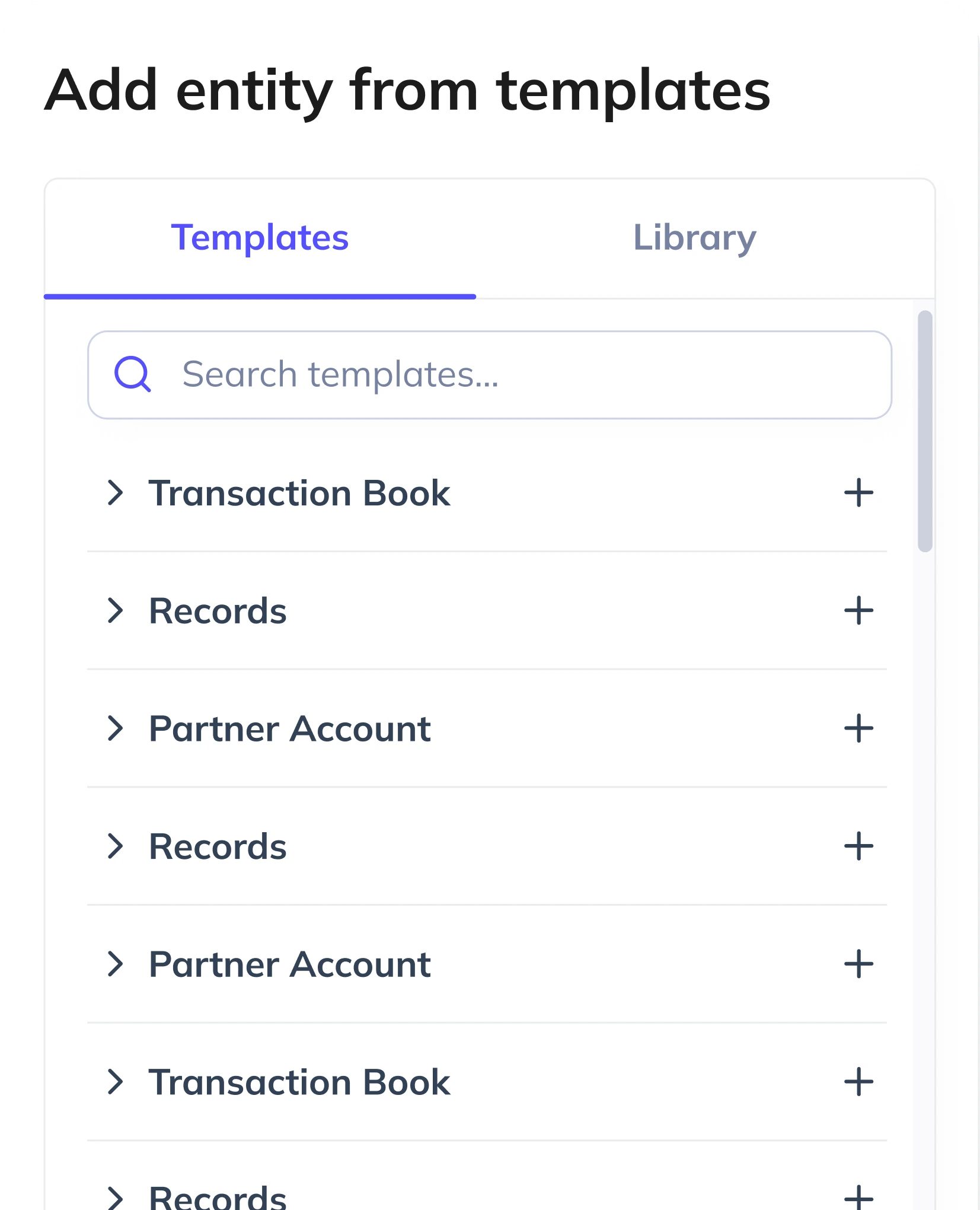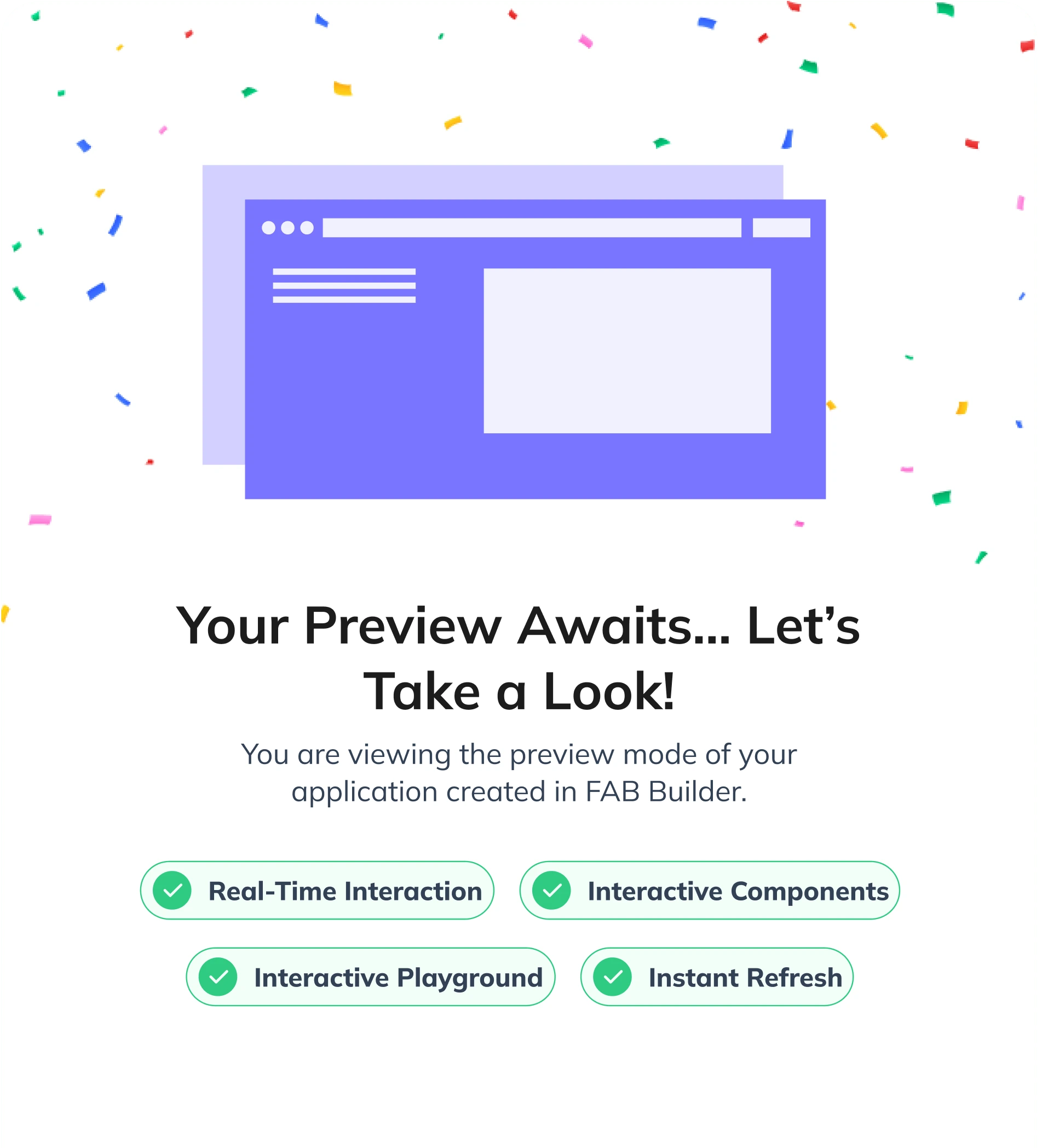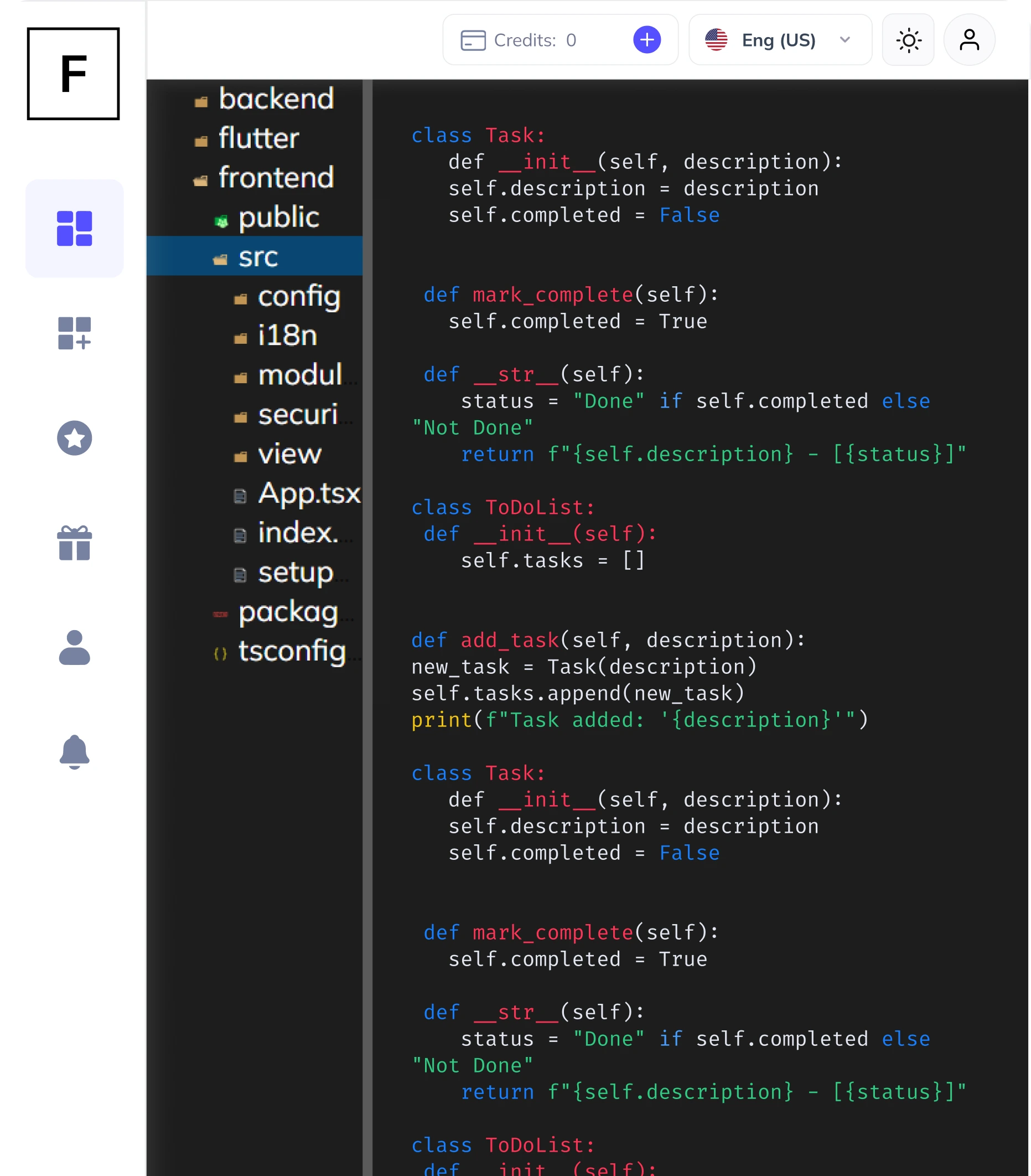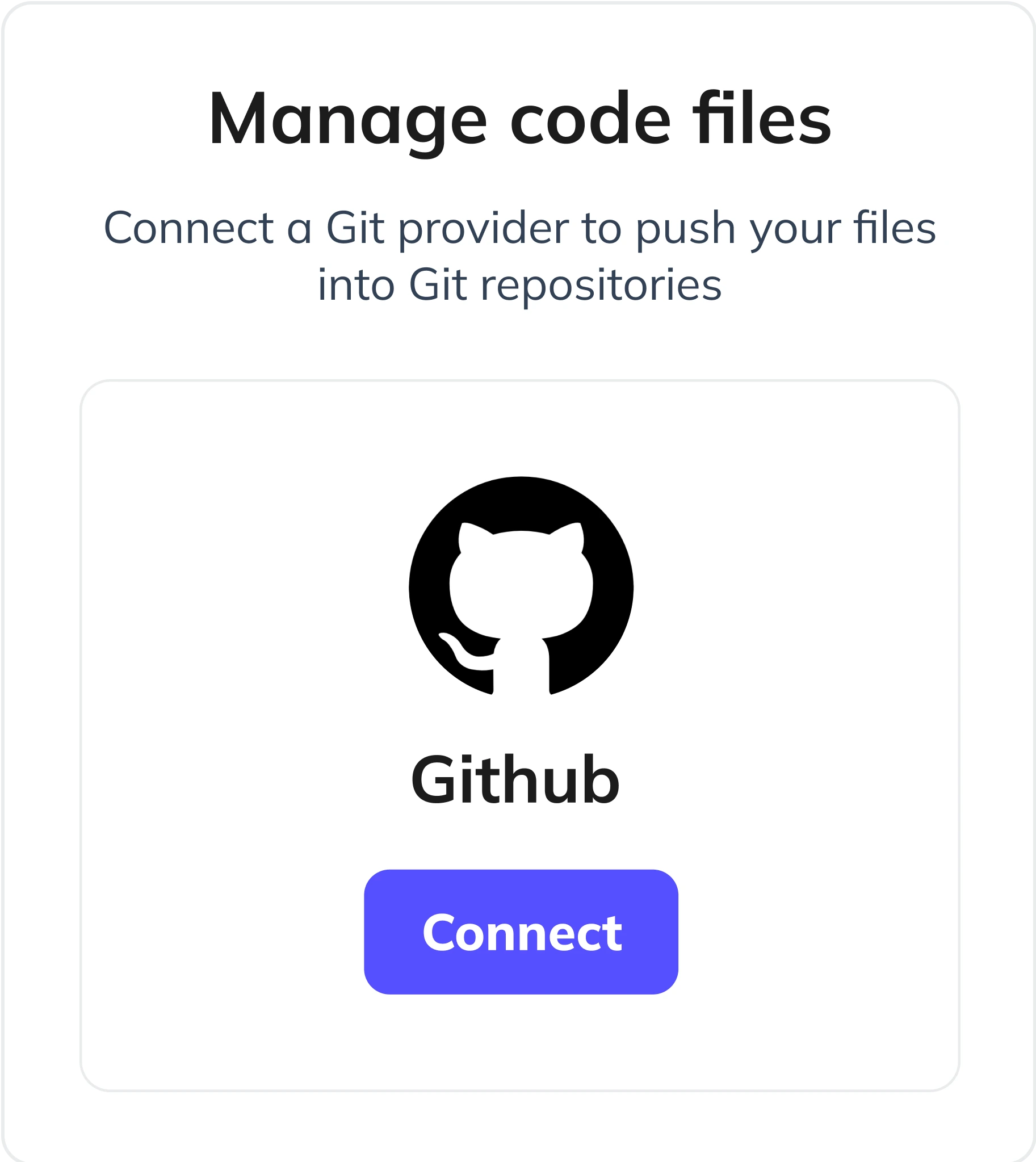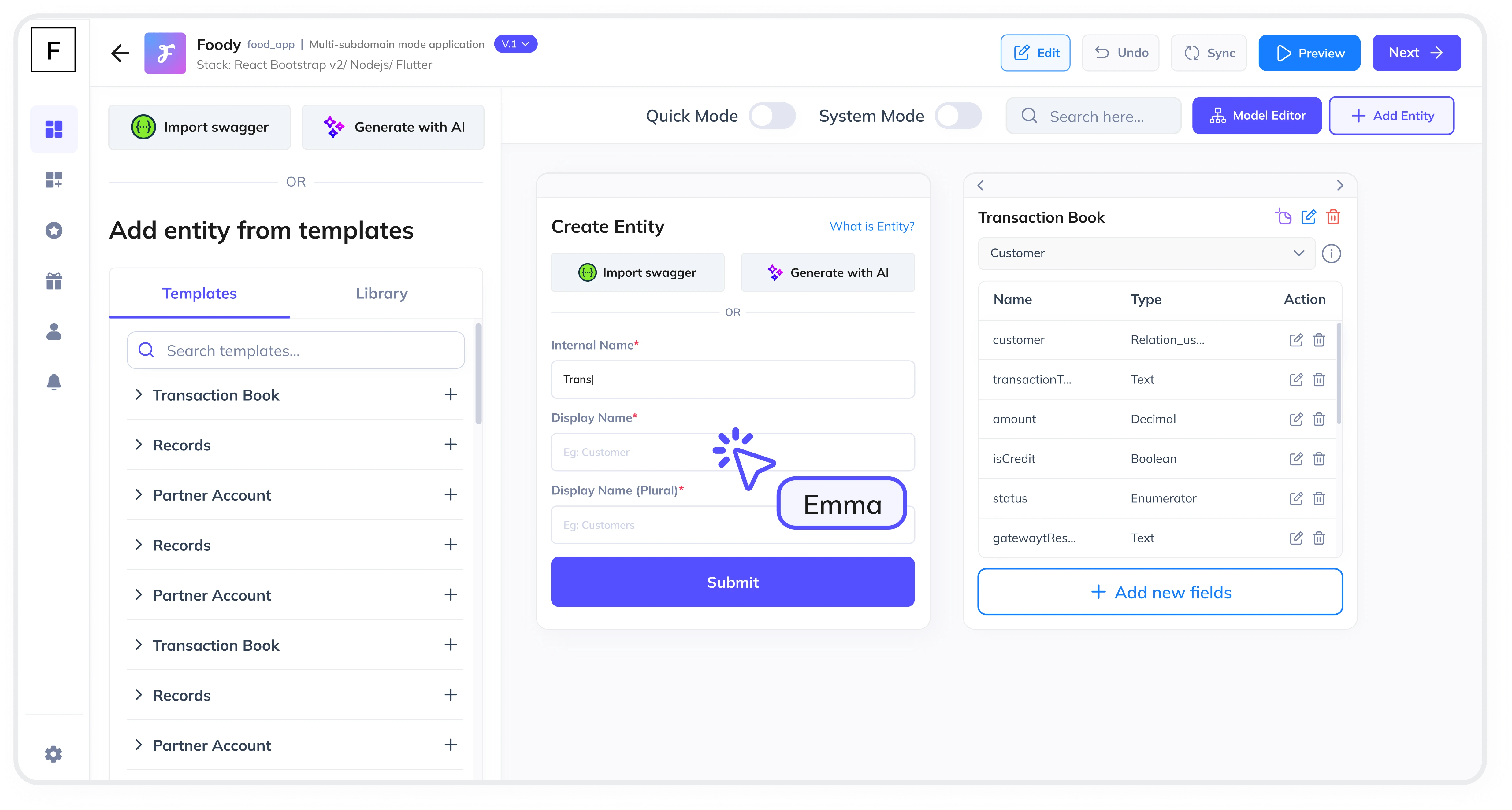Summarize and analyze this article with:
In today's digital age, government and public services are increasingly moving towards online platforms to streamline processes and improve efficiency. One such critical application is the Permit Applications Module, which allows citizens and businesses to apply for licenses and permissions online. In this article, we will guide you through the process of creating a Permit Applications Module using FAB Builder, a powerful low-code platform that simplifies application development.
Why Use a Low-Code Platform for Permit Applications?
Low-code platforms like FAB Builder are revolutionizing the way applications are developed. They enable rapid development, reduce costs, and allow for easy customization. Here are some reasons why you should consider using a low-code platform for your Permit Applications Module:
- Speed: Low-code platforms significantly reduce development time, allowing you to launch your application faster.
- Cost-Effective: By minimizing the need for extensive coding, low-code platforms reduce development costs.
- Customization: Low-code platforms offer flexibility, allowing you to tailor the application to meet specific requirements.
- Scalability: As your needs grow, low-code platforms can easily scale to accommodate increased demand.
Key Features of FAB Builder
FAB Builder stands out among low-code platforms due to its robust features and flexibility. Here are some key features that make FAB Builder an ideal choice for creating a Permit Applications Module:
- AI-Assisted Entity Creation: FAB Builder uses AI to assist in creating entities based on the description of your application, ensuring that your module is tailored to your needs.
- Full Source Code Download: All the code generated by FAB Builder is downloadable, giving you complete control over your application.
- Bulk Data Import and Export: FAB Builder automatically creates Excel templates for bulk data import and export, making it easy to manage large datasets.
- Configurable File Storage: Choose from various file storage options, including Google Cloud Storage, Amazon AWS S3, and more.
- Payment Gateway Integration: Integrate with popular payment gateways like Stripe, RazorPay, and PayPal to facilitate payments within your application.
- Technology Stack Interoperability: FAB Builder supports multiple technology stacks, including MERN, MEAN, ReactJs, Vue, Angular, and more.
Step-by-Step Guide to Building a Permit Applications Module
Step 1: Define Your Application Requirements
Start by outlining the requirements for your Permit Applications Module. Identify the types of permits, user roles, and workflows involved. For example:
- Types of permits: Business licenses, construction permits, event permits, etc.
- User roles: Citizens, businesses, government officials, and administrators.
- Workflows: Application submission, review, approval, and payment processing.
Step 2: Choose Your Tech Stack
FAB Builder offers interoperability with various tech stacks, including:
MERN Stack (MongoDB, Express, React, Node.js)
MEAN Stack (MongoDB, Express, Angular, Node.js)
React with AntDesign, Tailwind, Bootstrap, or Material
Vue, Angular, Next.js, Node.js, .NET, Java, SQL, Android Native, or iOS Native
This flexibility ensures that your Permit Applications Module can adapt to any technology stack.
Step 3: Use AI-Assisted Entity Creation
With FAB Builder, you can describe your application requirements, and the platform will automatically generate entities and fields. For instance, if you need a Business License Application, FAB Builder will create entities like Applicant Details, Business Information, and Payment Details.
Step 4: Customize the Application
FAB Builder allows you to customize the generated code to meet your specific needs. Add business logic, workflows, and integrations as required. For example, you can integrate payment gateways for permit fees or set up role-based access controls.
Step 5: Enable Bulk Data Import/Export
FAB Builder automatically generates Excel templates for bulk data import. This feature is particularly useful for government agencies that need to process large volumes of applications. You can also export data for reporting and analysis.
Step 6: Configure File Storage
Choose a file storage provider that suits your needs. FAB Builder supports AWS S3, Google Cloud Storage, and local file systems. This ensures that all uploaded documents (e.g., permits, licenses) are securely stored and easily accessible.
Step 7: Integrate Payment Gateways
Enable payment gateway integration to allow citizens and businesses to pay for permits online. FAB Builder supports popular gateways like Stripe, RazorPay, and PayPal, ensuring a seamless payment experience.
Step 8: Deploy to the Cloud
Once your application is ready, deploy it to the cloud with a single click. FAB Builder supports managed hosting services for AWS, GCP, and Azure, ensuring a smooth deployment process.

Use Cases of Permit Applications
The Permit Applications Module can be used in various scenarios, including:
- Building Permits: Allow citizens to apply for building permits online, streamlining the approval process.
- Business Licenses: Enable businesses to apply for and renew licenses through a centralized platform.
- Event Permits: Facilitate the application process for event permits, ensuring all necessary approvals are obtained.
- Environmental Permits: Manage applications for environmental permits, ensuring compliance with regulations.
Benefits of Using FAB Builder for Permit Applications
Using FAB Builder to create your Permit Applications Module offers several benefits:
- Rapid Development: Quickly develop and deploy your application with minimal coding.
- Customization: Easily customize the application to meet specific requirements.
- Security: FAB Builder ensures that your application is secure, with role-based permissions and multi-layer security models.
- Scalability: As your needs grow, FAB Builder can scale to accommodate increased demand.
- Cost-Effective: Reduce development costs by minimizing the need for extensive coding.
Why Choose FAB Builder?
FAB Builder is the ideal choice for creating a Permit Applications Module due to its flexibility, security, and ease of use. With FAB Builder, you can create a production-ready application that can be deployed to the cloud with just one click. Additionally, FAB Builder offers full support for customization, ensuring that your application meets your specific needs.
Moreover, with FAB Builder, you can create any application as a SaaS using multi-tenant configurations, allowing you to sell subscriptions to your B2B consumers. This makes FAB Builder a versatile platform for a wide range of applications.
Conclusion
Creating a Permit Applications Module for Government and Public Services is a complex task, but with FAB Builder, it becomes a straightforward and efficient process. By leveraging the power of low-code development, you can create a secure, scalable, and customizable application that meets the needs of your users. Whether you're managing building permits, business licenses, or event permits, FAB Builder provides the tools and features you need to succeed.
Start your journey with FAB Builder today and experience the benefits of low-code development for yourself.






